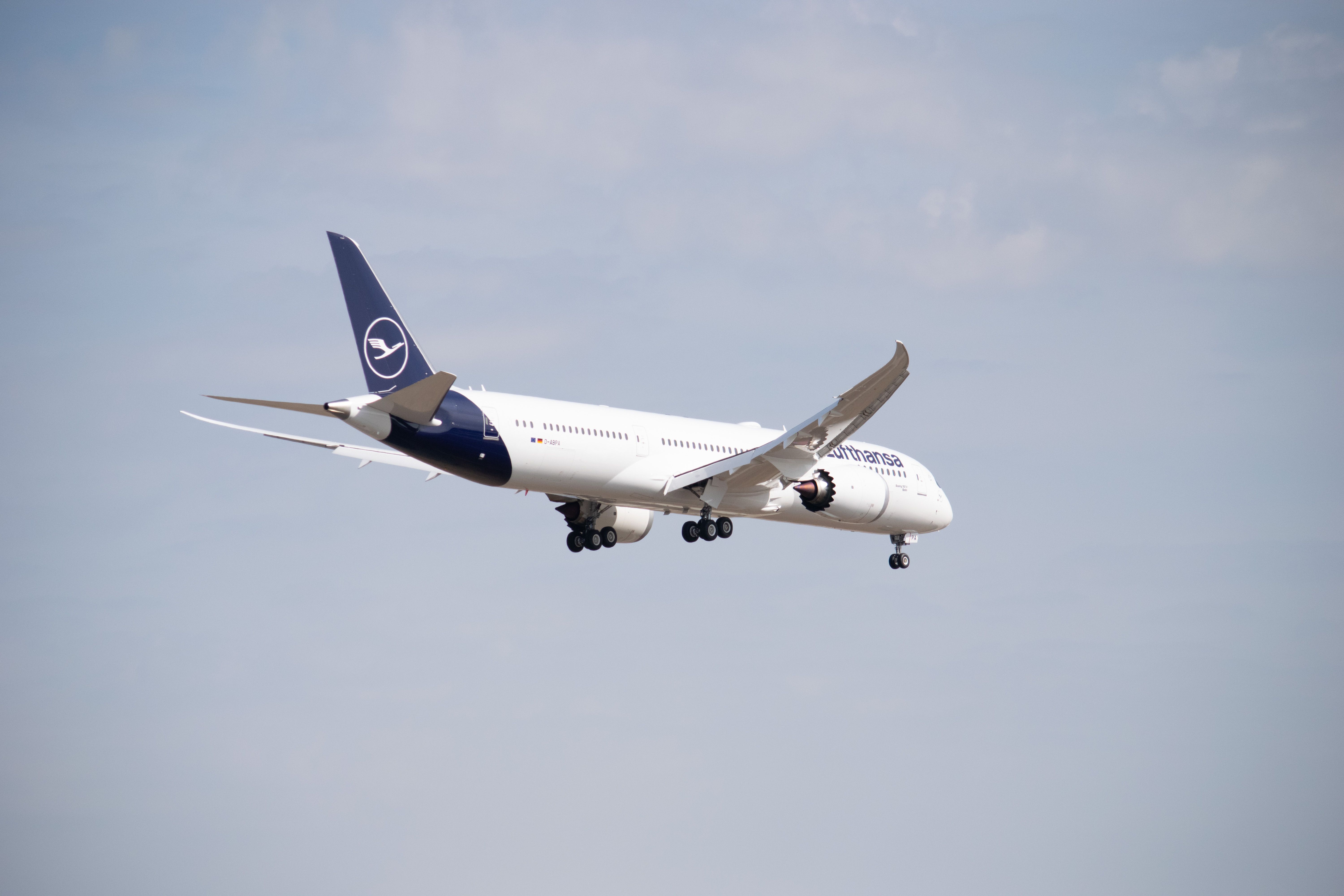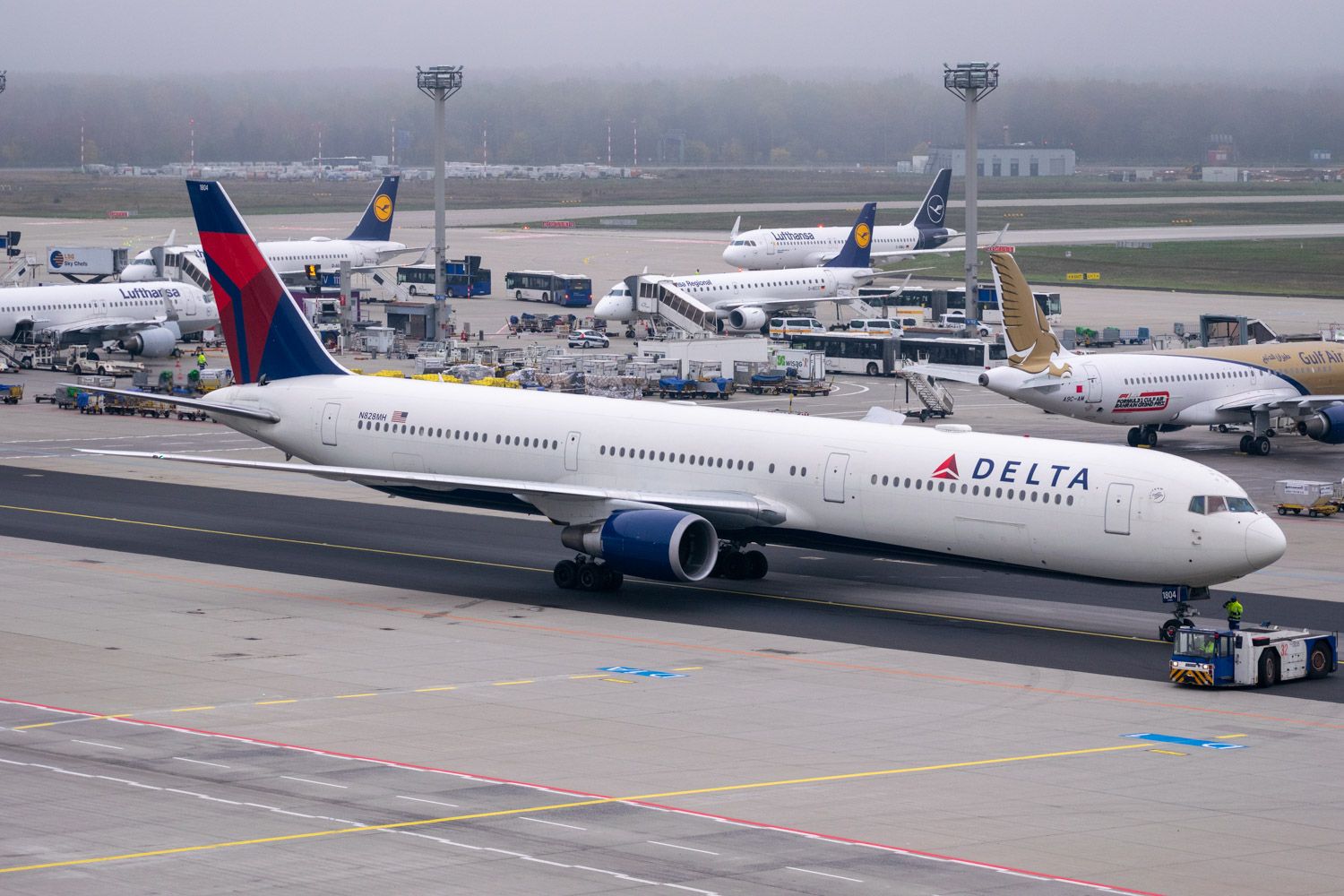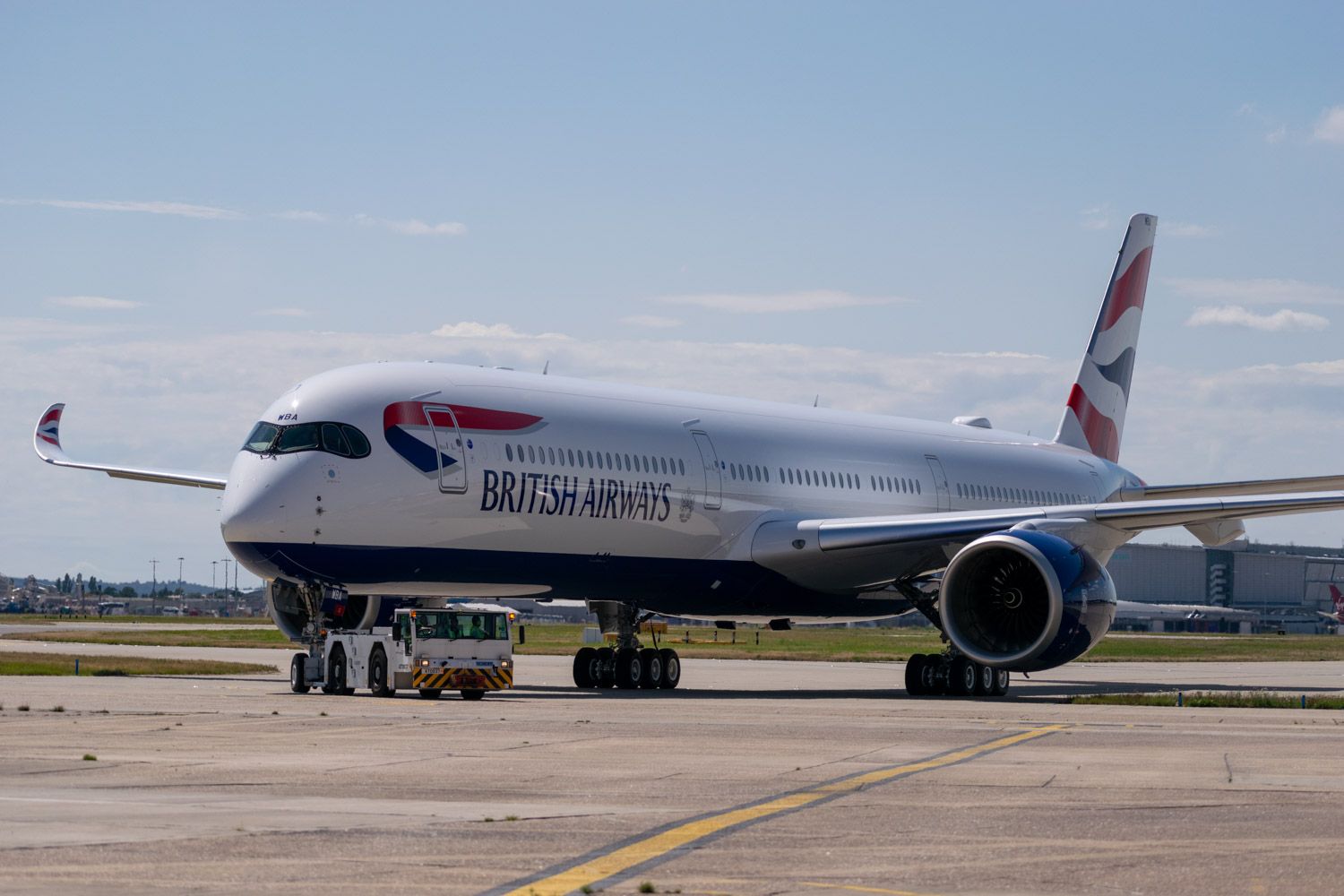Replacing most iconic quad-jets, such as the Airbus A380 and Boeing 747, twin-engine aircraft are the way of the future. Twin-engine aircraft are packed with power and range that take them distances never imagined. While two engines provide the required power, twin-engine aircraft must be certified to fly (to some extent) with one inoperable engine.
This requirement was easy to achieve with four-engine aircraft since the three operational engines can comfortably do the job in case one engine has flamed out. However, modern twin-engine airliners can fly up to six hours after one engine has failed. This means that modern planes can cover more than 97% of the earth’s surface.
ETOPS rating
The Extended-range Twin-engine Operational Performance Standards (ETOPS) are aviation rules for one-engine-inoperative flight conditions. It is a certification that allows twin-engine aircraft to operate routes a certain distance away from the nearest airport available for an emergency landing. ETOPS rating for the aircraft type determines how far the aircraft can fly with one inoperable engine.
The ETOPS rating for aircraft has come a long way in recent decades. From an initial 60-minute ETOPS rating on Airbus A300 to 370 minutes (more than six hours) on the Airbus A350 XWB. In the early 1980s, three or four-engine aircraft primarily operated over-water long-haul flights. This is because most twin-engine aircraft were limited to a 60-minute ETOPS rating. The Boeing 767 program facilitated the development of the ETOPS extension beyond the 60-minute limit.
The FAA requirement
The Federal Aviation Administration (FAA) required Boeing to provide a comprehensive trend monitoring system to gather in-flight data. The purpose of this requirement was to record the inflight reliability of critical systems. The systems provided data on various parameters essential for the performance of the engines.
FAA also required the engine manufacturers to record hundreds of thousands of hours of flight data to identify trends. For example, Pratt & Whitney was required by the FAA to record a minimum of 250,000 consecutive flight hours for JT9D engines with a meager shutdown rate.
In January 1985, the Boeing 767-200 received its first ETOPS limit of 120 minutes. Trans World Airlines (TWA) operated the first 120-minute ETOPS-certified transatlantic flight between Boston and Paris in February 1985. The successful shutdown and failure data over the following years allowed the FAA to increase the ETOPS limit on the Boeing 767 to 180 minutes in 1989.
Recent ratings
Since 1989, the ETOPS rating has been increasing, thanks to modern engines that promise high safety standards and in-flight reliability of twin-engine aircraft.
The Airbus A350XWB is the first aircraft to receive the ETOPS 370 rating, the current maximum. The FAA and European Aviation Safety Agency (EASA) approved the aircraft with the ETOPS 180 before it entered service in 2016. The approval included the provisions for ETOPS 300, which provides 2,000 NM (2,300 miles/3,700 km) of diversion distance with one inoperable engine.
With the in-service operational data, the aircraft exercised an additional provision of ETOPS 370, achieving a maximum of 2,500 NM (2,900 miles/4,600 km) of diversion distance on one working engine.
What do you think about the operational capability of modern twin-engine aircraft with one functioning engine? Tell us in the comments section.



